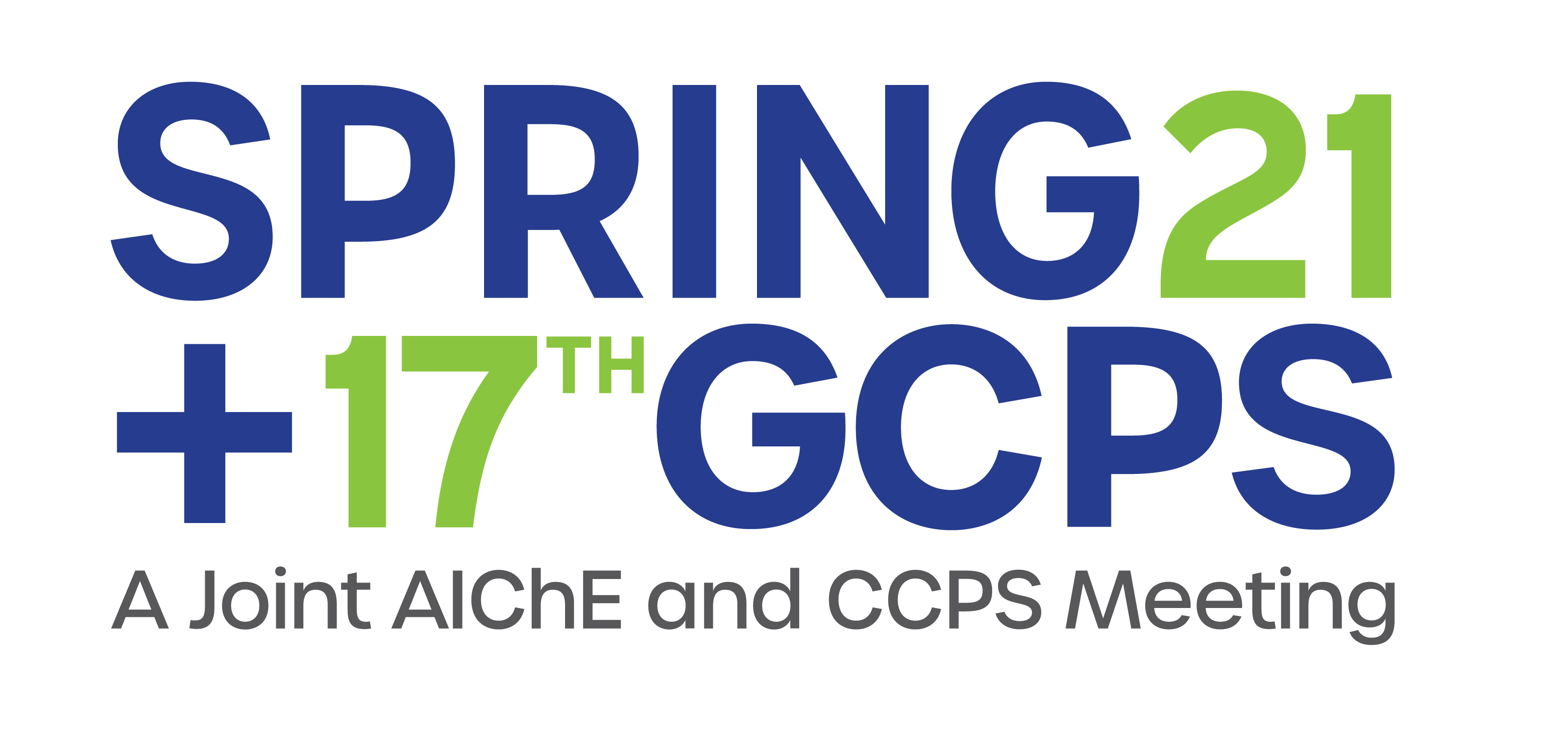

- Poor Housekeeping – How to establish and audit an effective housekeeping program.
- Incorrect Electrical Classification – How to determine when electrical classification upgrades of improperly rated electrical equipment is critical.
- Insufficient Deflagration Protection – How to ensure the structural integrity of equipment susceptible to internal deflagrations with existing explosion protection.
- Lack of Exclusion Zones – What should an exclusion zone look like and how to ensure it is effective.
Immediate capital investment should be the gold standard solution for addressing these commonly identified findings; however, investing in significant improvements in a short period of time may not be economically viable. While it is acknowledged that no one solution fits every situation, this paper will discuss a high-level overview of compliant and cost-effective resolutions to some of the most commonly identified DHA findings.
An example of one such resolution is for a facility/operation with electrical enclosures that are not adequately rated for the hazardous area where they are used. While the standards may dictate that the enclosures should be replaced or upgraded to meet compliance, it could be cost prohibitive to replace them simultaneously. A potential interim solution that meets the intent of the standards is to place the non-compliant enclosures onto a PM schedule where they are de-energized, inspected, and cleaned as needed on a regular interval. Robust record keeping of observed dust accumulations during this PM activity will identify the enclosures that experience the most rapid levels of dust accumulation. The subset of high hazard/high maintenance enclosures identified should be prioritized for relocation or replacement. This prioritization allows for a cost focused approach to resolving the DHA finding.
For the example described, it is recognized that housekeeping also plays an important role is areas subject to electrical classification. The cost to upgrade electrical equipment as a function of local dust accumulations can play into the cost-benefit analysis of investing more into robust housekeeping practices or upgrading equipment to reduce fugitive dust emissions. Understanding the implications of the different requirements of the relevant NFPA standards can provide for a balanced and economically justified approach to managing hazards while meeting compliance with the standards.
Presenter(s)
Language
Pricing
Individuals
| AIChE Member Credits | 0.5 |
| AIChE Pro Members | $19.00 |
| AIChE Graduate Student Members | Free |
| Safety and Health Division Members | Free |
| AIChE Undergraduate Student Members | Free |
| AIChE Explorer Members | $29.00 |
| Non-Members | $29.00 |
